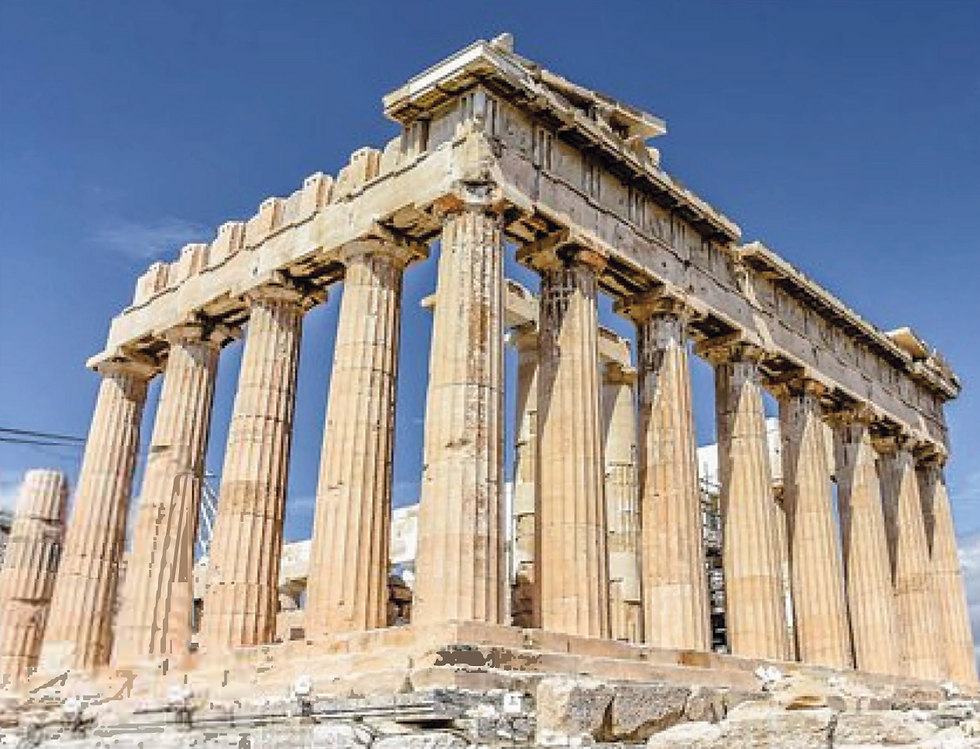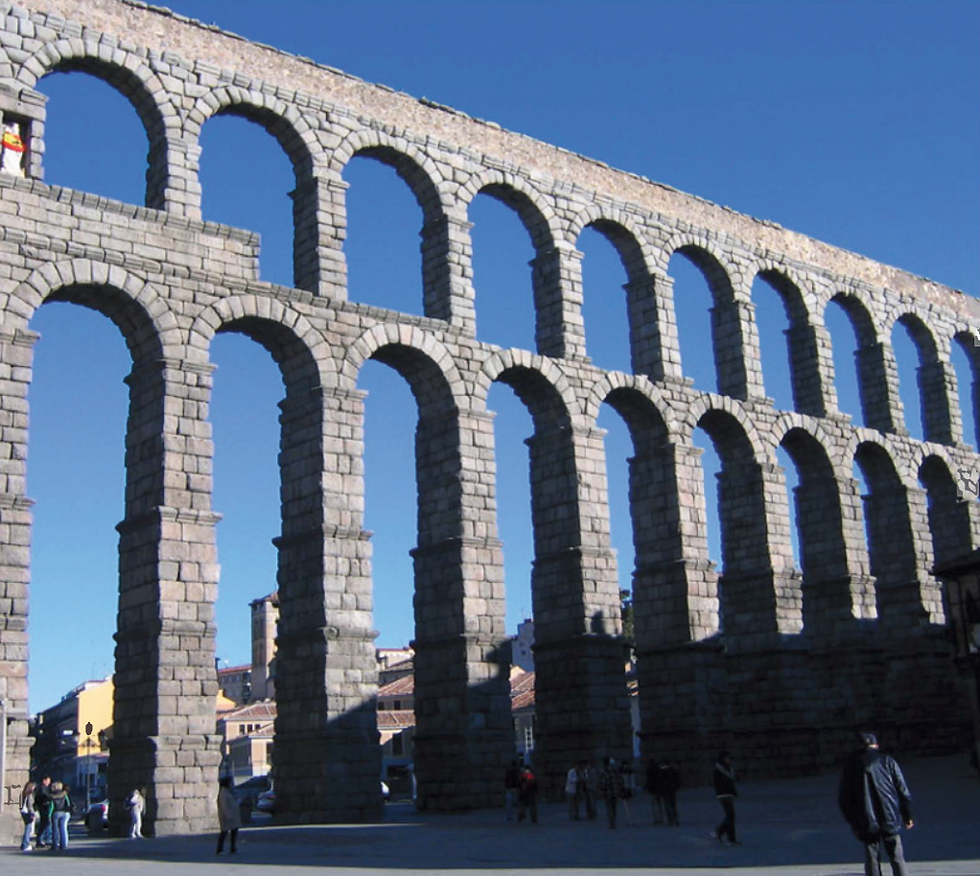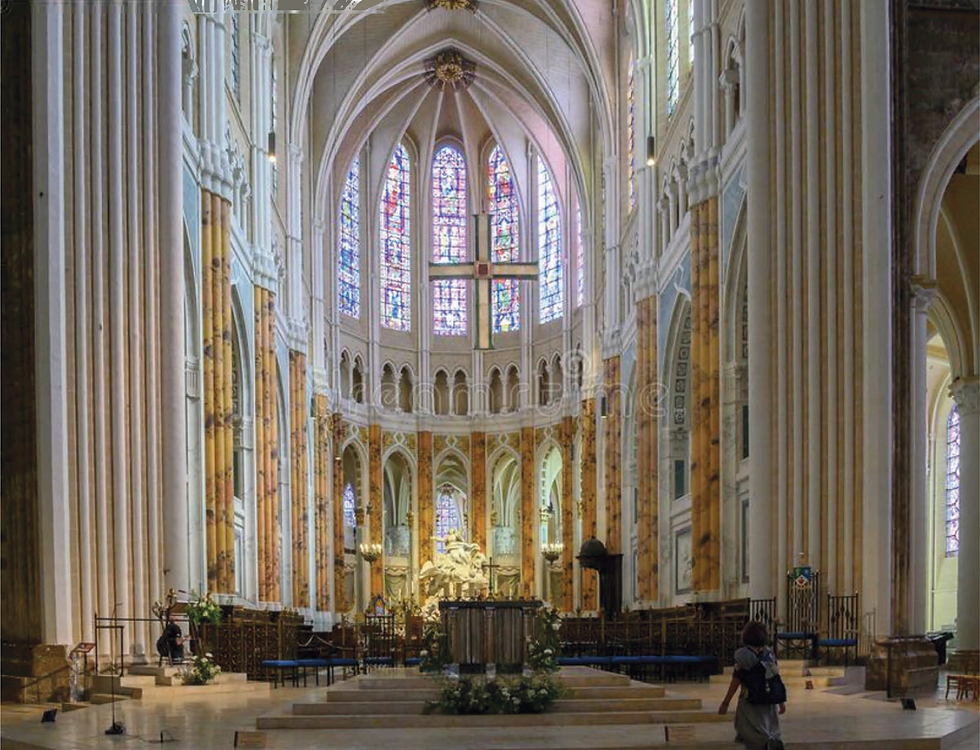ARTWORKS FROM HISTORY: THE ARCH
- Jordan Brinkworth
- Jun 8, 2024
- 3 min read

Shedding a new perspective on a number of historical artworks each month:
You might have thought, given the title of this new section, that the focus here within this article would have been on a particular piece of artwork rom history, like Picasso's Guernica or even further back in time, such as Michelangelo's David. But for the opening of this new section I want to centre upon an art form that has not only: spawned the works and themes of many other thousands of arts and crafts but arguably - and quite literally - laid the foundations upon which our human world has been built.

Architecture is not only one of our most ancient art forms but it is one which in itself demonstrates the importance of artistic practice. For if a great number of humans in the past had not chose to tirelessly study and subsequently look to perfect their understanding of architectural design, then we would not live as we do today. Whilst the Greeks and later on, on the other side of the world, the Incas, were all able to build grand structures, they were not able to build like the Romans, the Normans and later, the Victorians, could. For whilst the Greeks did indeed build the mighty Acropolis and the Incas constructed their city of Machu Picchu, they were unable to build too far upwards and then, subsequently, too far outwards. This was because the pillars with which they used to build were straight and the roofs that these pillars held up were flat. In engineering terms such a a layout was detrimental to building any significantly large buildings or bridges and this was because all of the pressure weighed directly downwards. Such architectural practice meant that if the Greeks or Incas wished to build anything, then they had to build a heck of a lot of pillars underneath it to keep it up. A key similarity between both Incan and Ancient Greek architecture for instance, is that they both have a lot of columns - though this was not so much about style, as many believe, but instead to keep their buildings from falling down.
Orson Welles once said during his film F For Fake, in which he himself wrote the script for. What he is talking about here is the Chartes Cathedral in Chartes, France and how magnificent a building it is. However, what he also comments on here is how it, in spite of it's architectural brilliance, does not have a single signature attached to it. Nowadays on the other hand, everything has a name. Anything invented within the past few hundred years for instance, be it electricity, even power itself, has a certified inventor to its name - be it Thomas Edison or Thomas Watt. Millennia ago however, people didn't think too much about the likes of Copyright or fame - such concepts did not even exist - nor did the writers of the time care much about who created what, hence we often have no idea who invented humanities wonders - one of which being the arch.

From archaeological and inferential evidence however, we do know that the Romans first pioneered the arch around the year 300 AD [The Architecture of Ancient Rome, book by Nigel Rogers]. By creating an archway, the Romans were able to divide and even out the pressure that had been previously pushing so tremendously downwards from the platform above. Not only were there now less pillars needed but there were also a lesser of a need to limit the size of the building in question. So the Romans got creative.

Over the course of the next seven hundred years, the Romans utilising the arch, would build an enormity of waterways, stadiums including the Colosseum, and numerous other large buildings and pieces of infrastructure. So successful was this architectural feat that the design was being used a thousand years later by the Normans. In fact, the Chartes Cathedral in which Orson Welles discusses at the beginning of this piece was in fact only able to be built as a result of the arch. What's more is that this Roman design was so practical that it was still being used two thousand years later by the Victorians, who thanks to the power of the arch, were able to build railway bridges, viaducts and aqueducts - not just in Britain, such as the enormous Ribblehead Viaduct, but all over the world (though that's not to get political and praise the British Empire).
Overall, what perhaps makes the subject of this new section so interesting is it's relevance to the predominant theme of the magazine. For these arches have not only transformed how we live today, but have also entirely altered the landscape in which we inhabit.

コメント